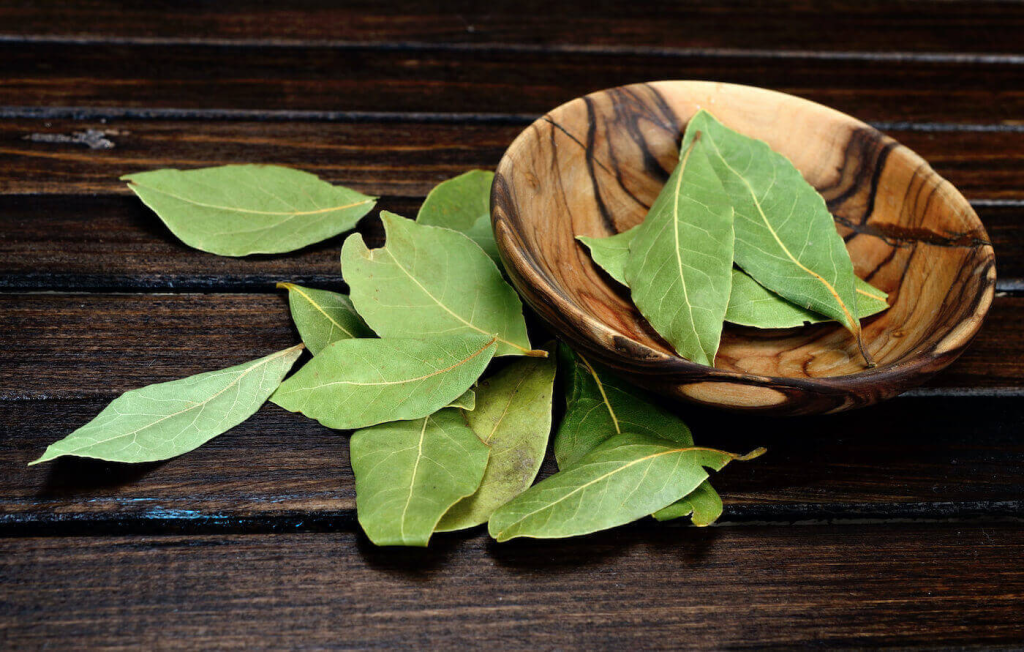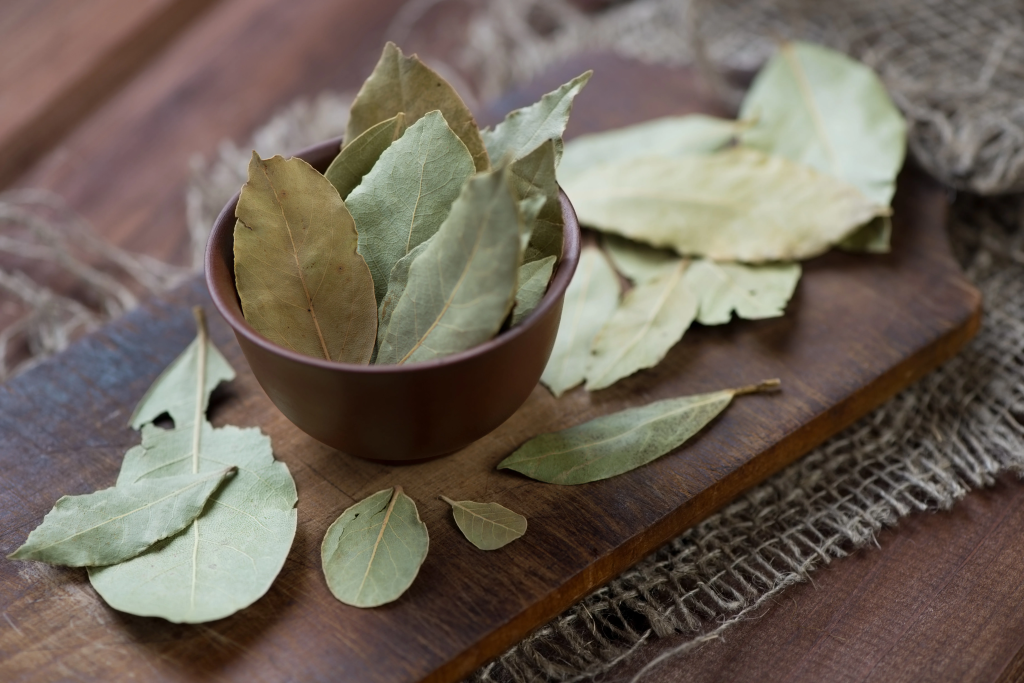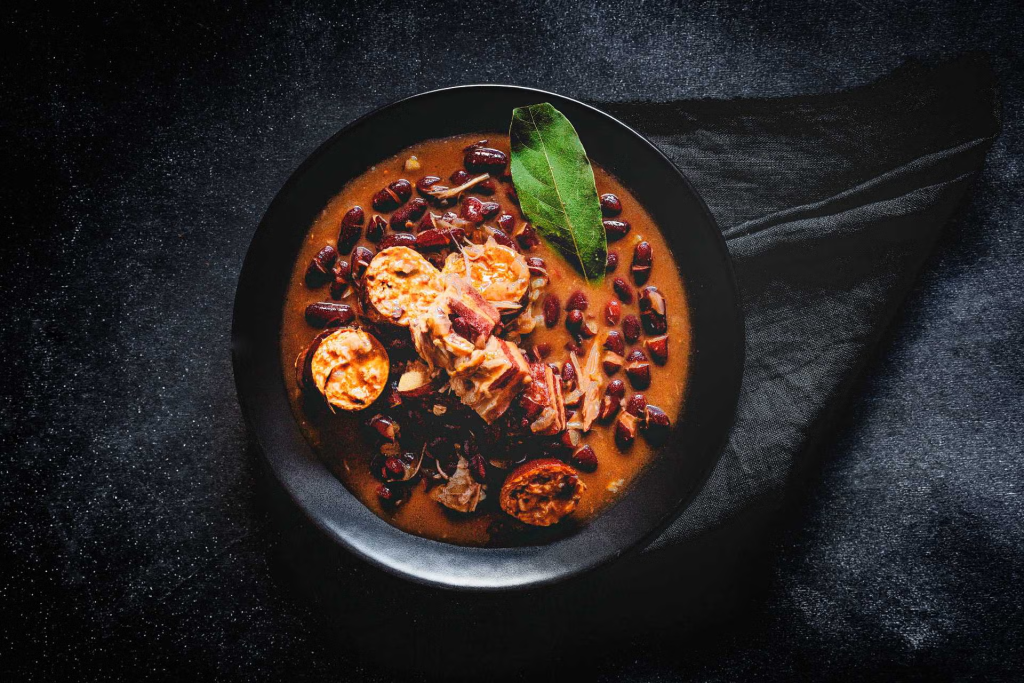Bay leaves—you’ve seen them listed in countless recipes, often tossed into a pot of soup, stew, or sauce, and just as often tossed out before serving. But here’s the burning question: Do bay leaves actually do anything? Let’s dive into the curious case of this subtle but powerful herb and why it continues to be a staple in kitchens across the globe.

A Leaf with Ancient Roots
Bay leaves aren’t just another spice in your cabinet—they’ve got a legacy. Ancient Greeks and Romans not only used the laurel leaf in cooking but crowned their champions with it. Over time, the bay leaf earned a place in culinary traditions spanning Europe, the Mediterranean, and Asia. Whether in a French bouquet garni or an Indian biryani, this leaf has quietly held its ground.
What’s in a Bay Leaf’s Flavor?
On its own, a bay leaf doesn’t exactly scream flavor. You won’t bite into one and be blown away. But that’s not how it works. Bay leaves are all about background magic. When simmered in liquid, they release a subtle medley of aromas: piney, minty, peppery, and slightly floral. It’s the kind of flavor that doesn’t shout—it whispers, “this dish is more complex than you think.”
Video: Do bay leaves actually do anything?
The Science Behind the Scent
Bay leaves contain a cocktail of essential oils:
- Eucalyptol – for that minty, camphor-like scent
- Eugenol – offering warm, clove-like undertones
- Myrcene – adding earthy, balsamic notes
These compounds don’t just hang out in the pot—they infuse the dish, rounding out the savory elements and layering in a whisper of complexity. Think of bay leaves as the harmony vocals in a great song—you might not single them out, but take them away and you’ll feel like something’s missing.
How Bay Leaves Elevate Everyday Cooking

Still not convinced? Try a taste test. Make a pot of tomato sauce or broth in two batches—one with bay leaves and one without. You’ll notice that the version with bay leaves has a smoother, deeper flavor. It’s like the difference between a photo with decent lighting and one with perfect, soft light—same subject, better presentation.
Bay leaves work best in:
- Soups and stews (think minestrone, chicken soup, or beef bourguignon)
- Braised meats and slow-cooked dishes
- Rice-based dishes like pilafs and biryanis
- Marinades and sauces, especially those that simmer over time
Can You Actually Eat Bay Leaves?

Technically? Yes. Should you? Not really. Bay leaves, especially dried ones, are stiff and can be sharp—definitely not pleasant (or safe) to chew. That’s why recipes always tell you to remove them before serving. Their job is done long before the plate hits the table.
Nutrition: Do Bay Leaves Add Anything?
Nutritionally, bay leaves contain vitamins like A and C, and some folic acid. But here’s the catch: since you’re not eating the whole leaf, you’re not getting much from it in terms of nutrients. Their real contribution is all about flavor—not vitamins.
Bay Leaf Substitutes (and Why They’re Not Quite the Same)
Out of bay leaves? Some cooks substitute with:
- Thyme
- Oregano
- Basil
These herbs can mimic the earthy aroma of bay leaves but come with their own distinct flavors, which might shift the tone of your dish. So, while you can swap them in a pinch, know you’re creating a slightly different vibe in the pot.
Why Some People Think They’re Useless
Video: Ultimate BAY LEAF Comparison Test | Do They Really Make a Difference? | Sorted Food
Here’s the truth: not everyone notices bay leaves. If you have a less sensitive palate or if the dish is packed with strong spices, the bay leaf’s impact may be subtle—maybe too subtle for some. But seasoned cooks and chefs know: it’s often the smallest touches that make the biggest difference in harmony.
Are Bay Leaves a Waste of Money?
Let’s be honest—they’re cheap. A jar of dried bay leaves can last a year or more, and a single leaf can boost an entire pot of food. That’s solid value. If you’ve ever wondered whether to skip them, try going without and see if your dish feels a little… flat. You might be surprised.
How to Store Bay Leaves Like a Pro
Want to make the most of your bay leaves? Store them in:
- An airtight container
- A cool, dark place (like a spice cabinet away from the stove)
Fresh bay leaves have a bolder aroma, but dried ones are more convenient and last much longer. Just remember to replace them every 12–18 months—old leaves lose their punch.
Try a Simple Experiment

Still skeptical? Next time you make a stew or stock, split the batch. Add bay leaves to one half and leave the other plain. You’ll taste the difference. That depth you didn’t realize was there before? That’s the bay leaf doing its quiet magic.
Conclusion: The Unsung Hero of Your Spice Rack
Bay leaves don’t grab the spotlight. They don’t burst with bold, obvious flavor. But they’re like the low hum of a cello in a symphony—adding depth, grounding the composition, and holding it all together. So, no, they’re not overrated. In fact, they might just be one of the most underrated ingredients in your kitchen.
The next time you’re prepping a pot of something warm and hearty, don’t skip the bay leaf. It may not shout—but it sure knows how to sing in the background.


